The welding plays an important role in the screw pile industry. The quality of the welding and the steel make the difference between a good and a bad fabricator.

AWS D1.1 | AS/NZS 1554 | CAN/CSA W59-13
The MIG welding supposed to be the prime solution to fuse items like helix and the couplers to the main shaft.
The MIG or the Metal Inert Gas welding process uses Carbon and Argon mix and continuous solid wire electrode to fuse the steel surfaces.
Proper safety measures are a must for the welder to see through the weld glare and safely handle high temperature. If you feel safe, you can be more attentive to what you are doing. After all you are fabricating foundation item which has direct link with the safety of people
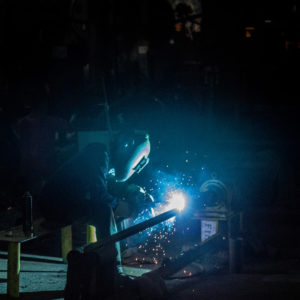
Welding of helix to the central shaft
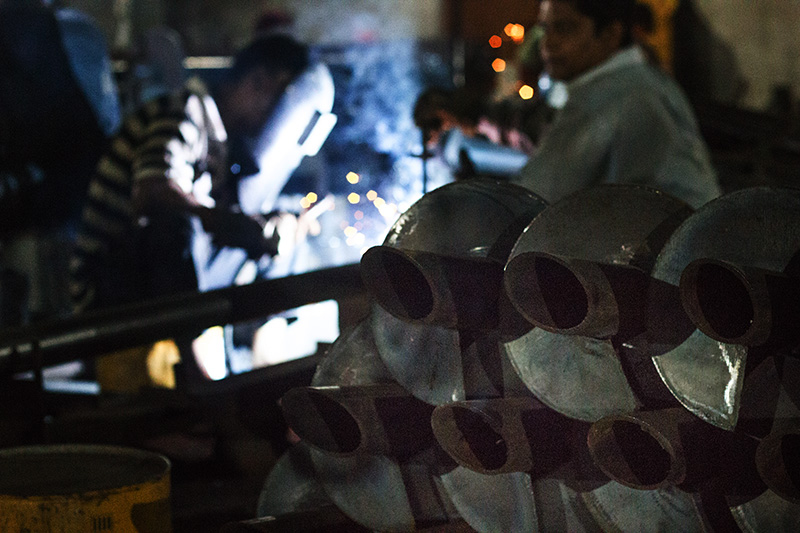
It’s advisable to select welders with a minimum 2000 hours of welding experience with MIG. Workshops must be organized periodically to help the welders both experienced and interns get acquainted with the welding standards of different countries followed by discussions about the latest trends and technology in the welding industry. The welding standards must be adhered to with care.

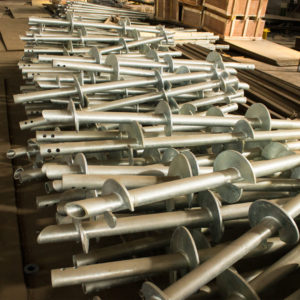

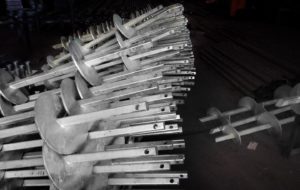 Recently screw piles have happened to offer solutions to industries like the construction industry, railways, telecommunication and many more to come, The benefits are a lot quick and easy installation, less soil displacement, check on the carbon footprints, involvement of less manpower and of course cost effective.
Recently screw piles have happened to offer solutions to industries like the construction industry, railways, telecommunication and many more to come, The benefits are a lot quick and easy installation, less soil displacement, check on the carbon footprints, involvement of less manpower and of course cost effective.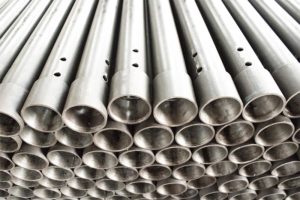 Screw Piles are steel tubes (seamless or ERW) made up of steel and come with 1, 2 or 3 helices (as per your requirement). The pipe with helices is called lead section. The helices act as screw and we need to apply torque to it out that into the ground. A lead section may have 1 or 2 extensions (Extensions : similar steel tube with or without helices attached to the lead section with steel structures called coupler).
Screw Piles are steel tubes (seamless or ERW) made up of steel and come with 1, 2 or 3 helices (as per your requirement). The pipe with helices is called lead section. The helices act as screw and we need to apply torque to it out that into the ground. A lead section may have 1 or 2 extensions (Extensions : similar steel tube with or without helices attached to the lead section with steel structures called coupler). Unlike traditional piling, screw piling or helical piling offers quick, easy and cost effective alternative for foundation construction.
Unlike traditional piling, screw piling or helical piling offers quick, easy and cost effective alternative for foundation construction.